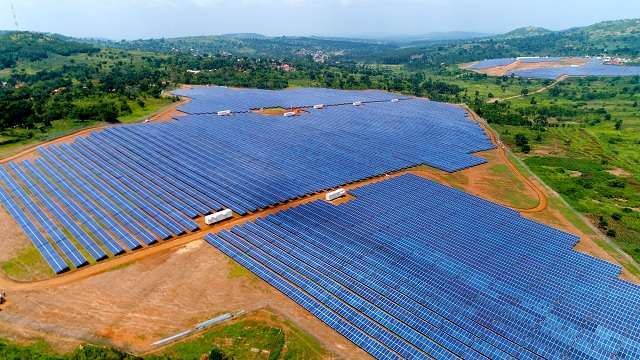
IEA Africa energy report paints bright future

Kampala, Uganda | THE INDEPENDENT | The reports says Africa’s natural resources aren’t limited to sunshine and other energy sources. It also possesses major reserves of minerals such as cobalt and platinum that are needed in fast-growing clean energy industries.
Africa is set to become increasingly influential in shaping global energy trends over the next two decades as it undergoes the largest process of urbanisation the world has ever seen.
The Africa Energy Outlook 2019, study by the International Energy Agency however says current policy and investment plans in African countries are not enough to meet the energy needs of the continent’s young and rapidly growing population.
Today, 600 million people in Africa do not have access to electricity and 900 million lack access to clean cooking facilities.
The new report is the IEA’s most comprehensive and detailed work to date on energy across the African continent, with a particular emphasis on sub-Saharan Africa.
It includes detailed energy profiles of 11 countries that represent three-quarters of the region’s gross domestic product and energy demand, including Nigeria, South Africa, Ethiopia, Kenya and Ghana.
The report makes clear that Africa’s energy future is not predetermined. It says current plans would leave 530 million people on the continent still without access to electricity in 2030, falling well short of universal access, a major development goal.
But with the right policies, the report says Africa it could reach that target while also becoming the first continent to develop its economy mainly through the use of modern energy sources.
According to the report, drawing on rich natural resources and advances in technology, Africa could by 2040 meet the energy demands of an economy four times larger than today’s with only 50% more energy. International Energy Agency’s (IEA) Executive Director, Dr. Fatih Birol statement on Friday said Africa has a unique opportunity to pursue a much less carbon-intensive development path than many other parts of the world.
“To achieve this, it has to take advantage of the huge potential that solar, wind, hydropower, natural gas and energy efficiency offer. For example, Africa has the richest solar resources on the planet but has so far installed only 5 gigawatts of solar photovoltaics (PV), which is less than 1% of global capacity.” Said Dr. Fatih Birol.
He said that if policy makers put a strong emphasis on clean energy technologies, solar PV could become the continent’s largest electricity source in terms of installed capacity by 2040.
Estimates show that natural gas is likely to correspond well with Africa’s industrial growth drive and need for flexible electricity supply.
The IEA observes that the share of gas in sub-Saharan Africa’s energy mix is the lowest of any region in the world. It notes that the situation is about to change, especially considering the supplies Africa has at its disposal.
Africa is home to more than 40% of global gas discoveries so far this decade, notably in Egypt, Mozambique and Tanzania.
“Africa holds the key for global energy transitions, as it is the continent with the most important ingredients for producing critical technologies,” Dr Birol said.
“For example, the Democratic Republic of the Congo accounts for two-thirds of global production of cobalt, a vital element in batteries, and South Africa produces 70% of the world’s platinum, which is used in hydrogen fuel cells. As energy transitions accelerate, so will demand for those minerals.”
Meanwhile, Energy and Mineral’s Minister, Irene Muloni says Uganda will maintain the exploitation of renewable energy for the country’s current and future energy needs.
Muloni, who is currently in South Africa for the Africa Oil Week revealed that 90% of Uganda’s energy mix is from renewable sources.
“There is vast potential for renewable energy sources from the various water bodies in the Country,” she noted.
Studies have found that the number of people living in Africa’s cities is expected to expand by 600 million over the next two decades, much higher than the increase experienced by China’s cities during the country’s 20-year economic and energy boom.
Africa’s overall population is set to exceed 2 billion before 2040, accounting for half of the global increase over that period.
These profound changes will drive the continent’s economic growth, infrastructure development and, in turn, energy demand, which is projected to rise 60% to around 1,320 million tonnes of oil equivalent in 2040, based on current policies and plans.
By 2040, an additional half a billion people in Africa are expected to live in areas requiring some form of cooling as populations expand and average temperatures increase.
Although Africa is expected to experience rapid economic growth over the next two decades, its contribution to global energy-related CO2 emissions rises to just 3% by 2040, based on current policies and plans.
******
URN
The post IEA Africa energy report paints bright future appeared first on The Independent Uganda:.
0 Response to "IEA Africa energy report paints bright future"
Post a Comment